How to Build a High-Volume Crypto Portfolio: A Nigerian Trader’s Guide to Scaling Up
Ready to scale up? This guide shows Nigerian crypto traders how to build a high-volume portfolio with smart strategies and practical tips.
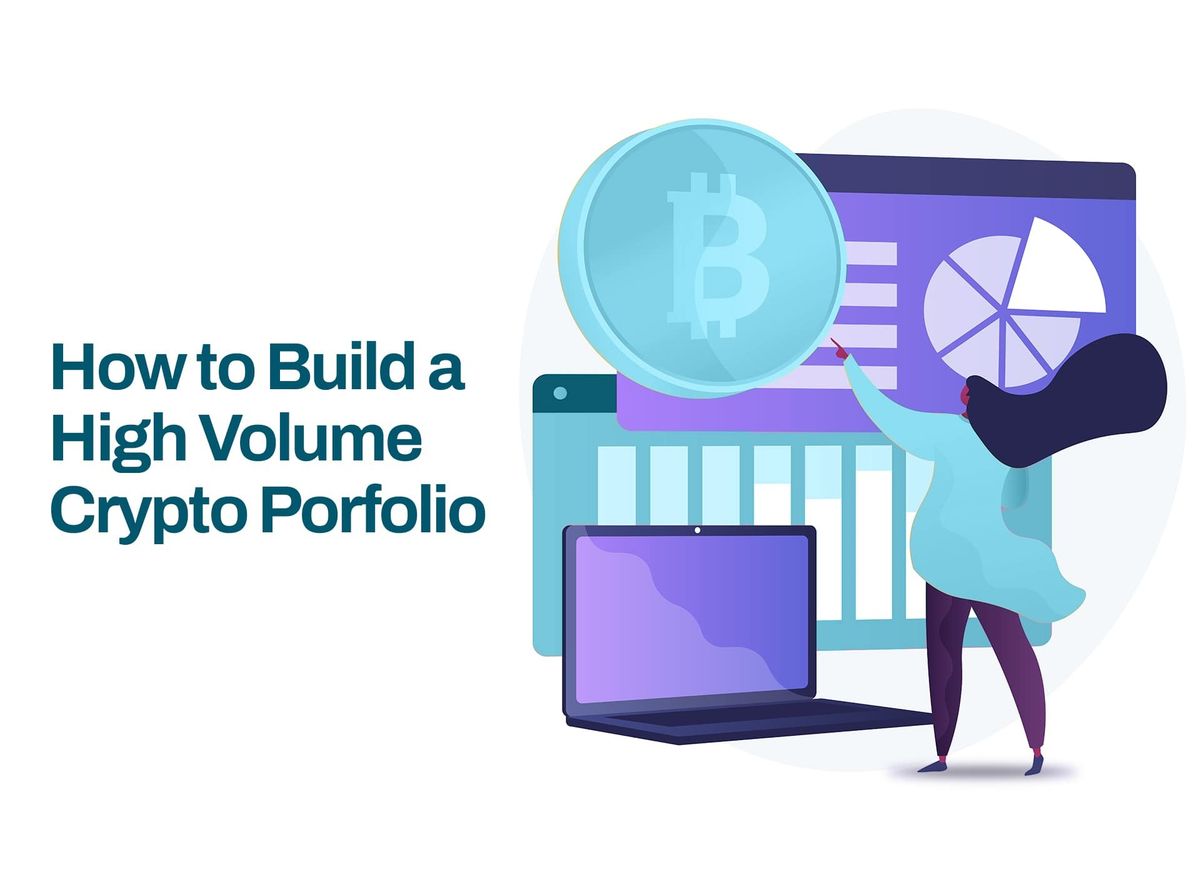
High-volume crypto trading requires speed, precision, and a clear strategy, and if you are an experienced trader, the chances are high that you have these three qualities already.
Now, how do you move from being a regular experienced trader to a high-volume one? Follow these six steps.
Step One: Choosing your high-volume trading strategy
If you're moving large amounts of crypto, whether ₦10M or ₦100M in USDT, BTC, or ETH, you need to know how to enter and exit the market without bleeding value and wasting what could be your profit.
Let’s break it down further:
Short-Term vs. Long-Term Focus
Your strategy starts with time - are you here for quick trading profits or positioning for a longer game?
Here are 3 different categories you could fall into:
- Scalping / Day Trading: You’re in and out within minutes to hours. This is high-intensity and heavily reliant on technical indicators like RSI, MACD, and volume spikes. Nigerian traders using apps like Obiex, Binance, Coinbase, etc, often scalp BTC/USDT or ETH/USDT pairs during peak volatility hours, especially when U.S. markets open.
- Swing Trading: You hold crypto for days or weeks. This suits traders who track market sentiment and macro news. For example, if SOL bounces off a key support level after a dip caused by a FUD event, a swing trader might ride the recovery to make gains.
- Long-Term Accumulation: Here, you’re playing the macro game. Buying BTC, ETH, or stablecoins during dips and holding. For Nigerian traders hedging against naira devaluation, this is a popular approach, especially when paired with dollar-cost averaging (DCA).
Tip: Pick a strategy that matches your daily/weekly schedule, financial goals, available capital, risk appetite, and how much screen time you're willing to commit.
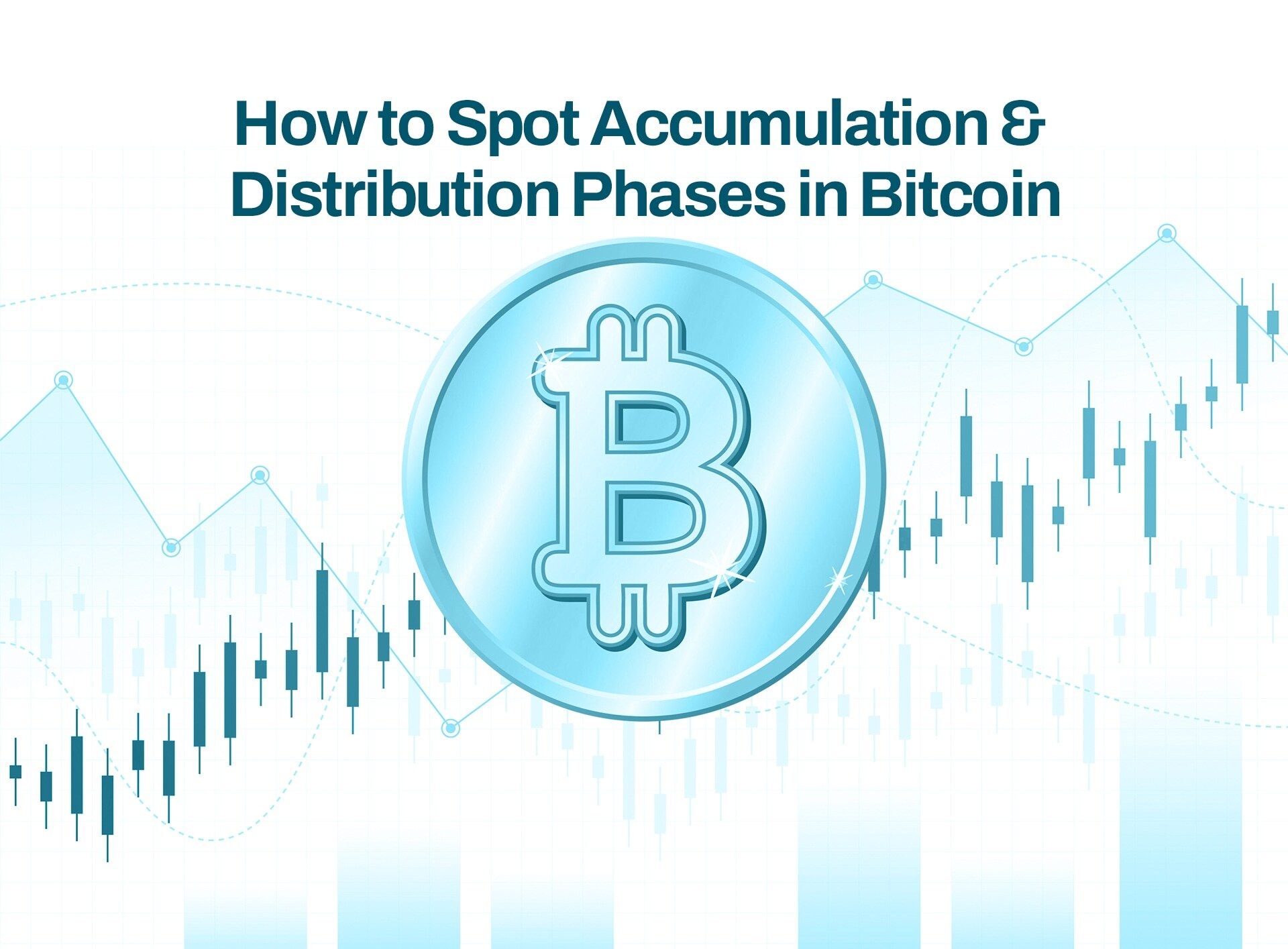
Selecting High-Liquidity Assets For Your High Volume Crypto Portfolio
Liquidity is non-negotiable for high-volume trading. You don’t want to be stuck with an asset you can’t offload without affecting the market price.
Here are three types of assets you should consider:
- Blue-Chip Cryptos (BTC, ETH): These are your safest bets for large trades. Deep liquidity, tight spreads, and global demand make them ideal for scaling in and out.
- High-Volume Alts (SOL, BNB): Good for slightly riskier plays. SOL/USDT and BNB/USDT often see high activity during bull runs and altcoin rotations.
- Meme Coins: High risk, high reward. Yes, they can pump 30% in a day, but liquidity dries up just as fast. A recent example: many Nigerian traders got burned during the $PEPE frenzy because they couldn’t sell fast enough after a pump.
Remember this rule: Only trade large volumes in coins that can handle it.
Crypto Execution Strategies: Entering & Exiting Without Slippage
Here are two strategies the pros use to enter and exit the market without getting trapped by slippage:
- TWAP (Time-Weighted Average Price): Breaks your large order into smaller chunks over a set time period. Ideal if you’re trying to avoid front-running bots or market spikes.
- VWAP (Volume-Weighted Average Price): Executes orders in line with market volume. Helps blend in with the natural flow so your trade doesn’t move the market.
Step Two: How To Set Up Your High Volume Crypto Portfolio For Maximum Efficiency
Here’s how to build a portfolio that works for Nigerian traders who want to scale up their trades and profits.
A. Core Holdings (60–70%)
This is your portfolio foundation.
- Bitcoin (BTC), Ethereum (ETH) and Stablecoins: These are your stability anchors. BTC is the alpha cryptocurrency and digital gold. ETH is the backbone of DeFi and altcoin ecosystems. They’re not immune to volatility, but they’ve proven they can survive multiple cycles. If the naira keeps sliding, holding BTC and ETH becomes even more critical as a store of value. In the same vein, holding stablecoins is a critical defence against both crypto and naira volatility. Stables like USDC and USDT are also easy to move across exchanges and wallets.
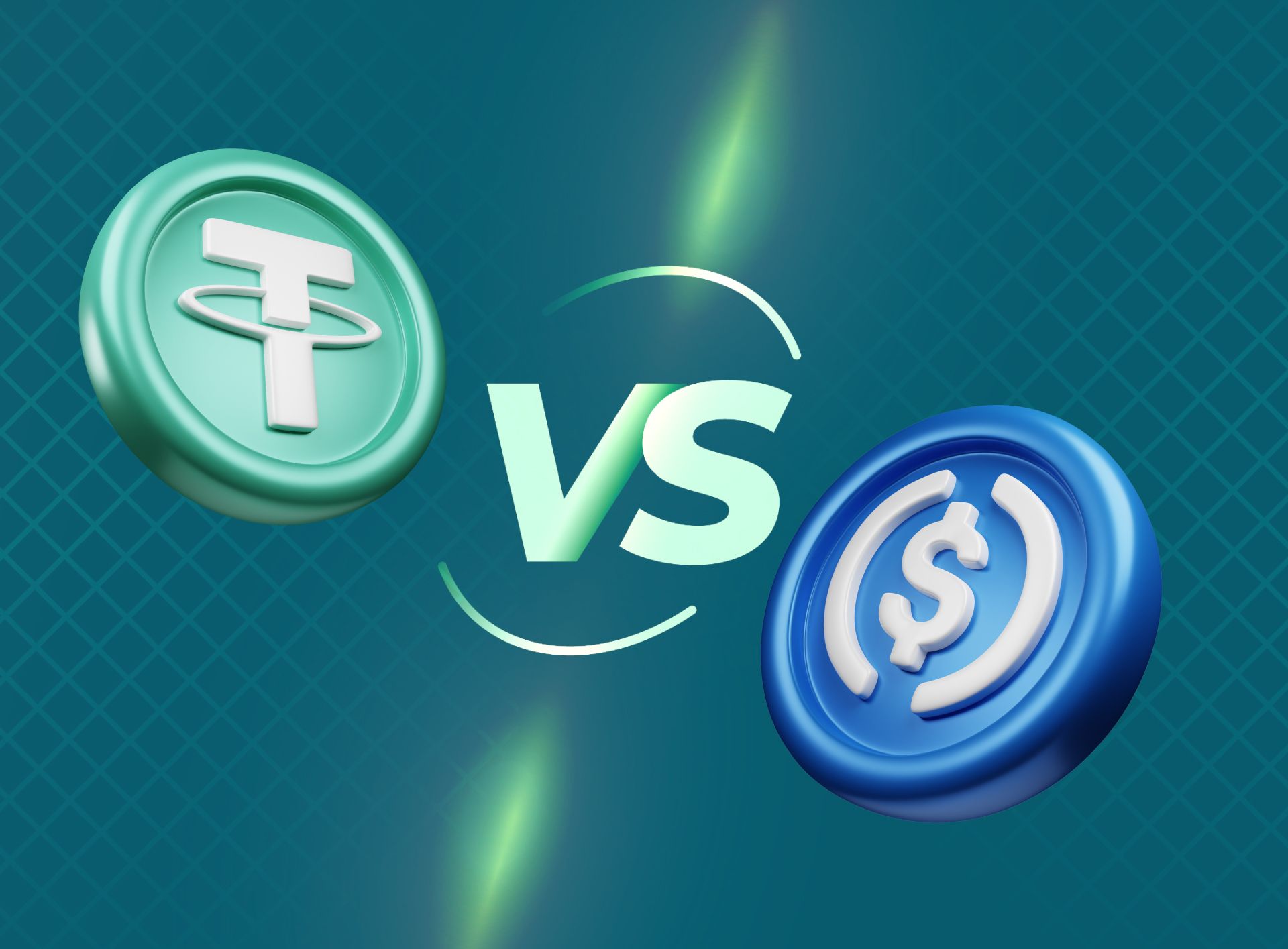
- High-Conviction Alts (SOL, AVAX, etc.): These are networks and coins with clear use and increasing adoption. For instance, SOL powers Dapps and smart contracts, while AVAX is big in enterprise blockchain. For Nigerian traders who are interested in the growing Blockchain technology and AI market, these altcoins offer solid profit potential that could compound over the years.
B. Trading Allocation (30–40%)
This is your capital that you use to enter and exit frequently.
- Liquid Mid-Cap Alts. These are ideal for short to medium-term plays. Coins like LINK, INJ, or SUI often have enough volatility for 10–20% moves in a week, with sufficient liquidity for in-and-out trades.
- Momentum Plays: When meme coins or small-cap coins start trending, there’s money to be made if you’re early and fast. Traders who caught FLOKI or WIF at the start of the wave made serious profits. But this only works if you treat it like a trade, not an investment. Get in, ride the pump, get out.
C. Speculative Bets (5–10%)
Important note: only allocate here what you can afford to lose completely.
- New TGEs (Token Generation Events): Projects fresh off launch often see explosive moves. You can use tools like DEXTools or follow TGEs on Twitter/Telegram to catch early volume tokens.
- Micro and Small-Cap Coins: These are below-$10M market cap tokens with potential like AI coins, Decentralised physical infrastructure networks (DePIN) and Tokenised Real World Assets (RWAs). Liquidity is often thin here, so place your trade carefully. A ₦500K trade might 5x. A ₦5M trade might lock you in with no exit and total wipeout.
Step Three: Advanced Execution Tactics You Need for Large Crypto Trades
At ₦10M+ per trade, your edge comes from how well you execute, not just what you buy.
Here’s how advanced traders protect their profits and move efficiently.
1. Use OTC Desks & Liquidity Pools
OTC (Over-the-Counter) desks and deep liquidity pools let you trade directly with counterparties, minimising slippage and market impact.
- When to Use OTC: Use OTC when you're buying or selling ₦50M+ in BTC, ETH, or stablecoins. Firms like Circle or localised OTC desks like Obiex can settle large trades discreetly. Nigerian traders dealing in international remittance or cross-border settlements frequently use this route to avoid price spikes.
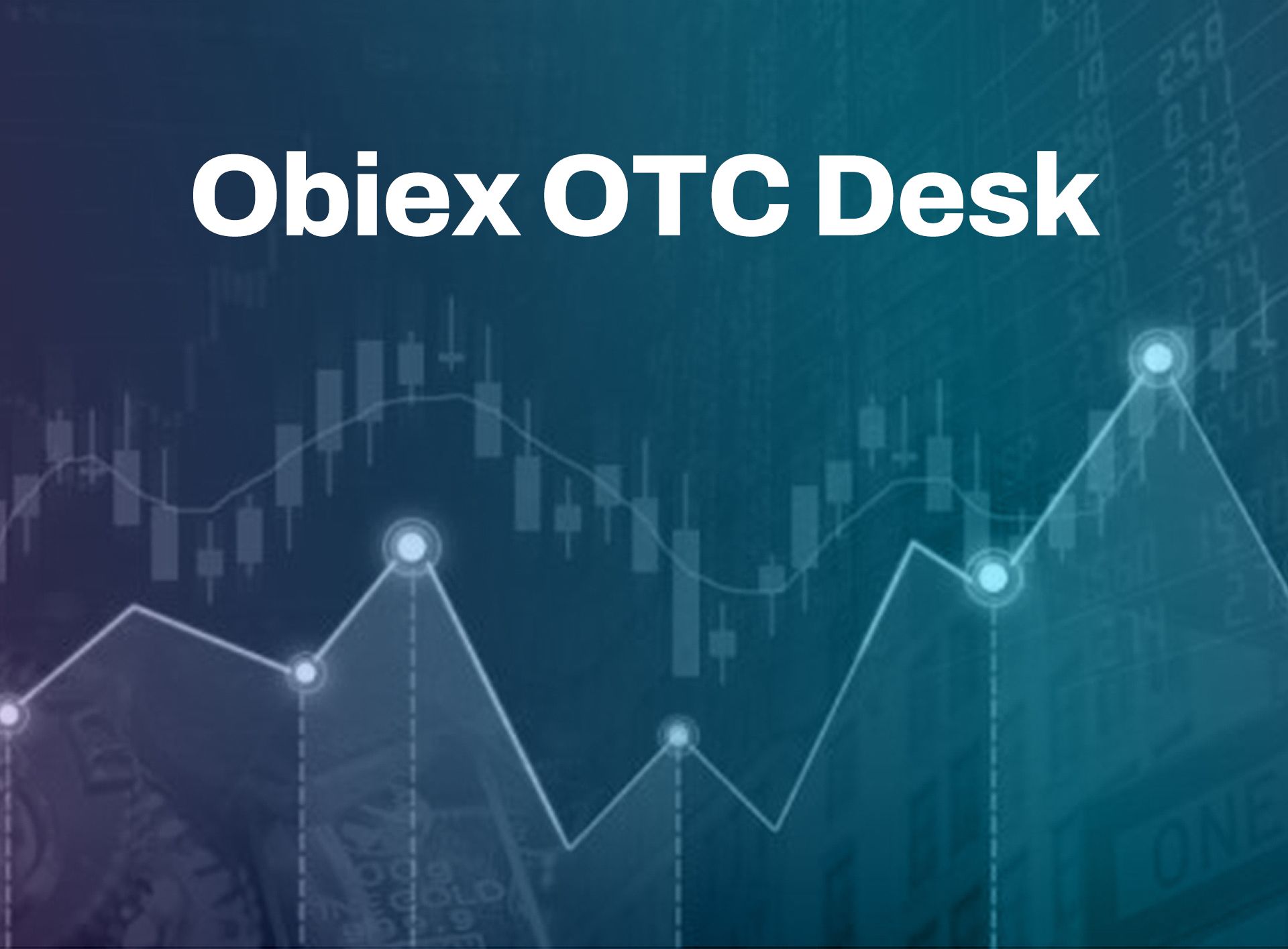
- When to Use DEX Aggregators: If you’re trading on-chain, check out aggregators like 1inch or CowSwap. They split your order across multiple decentralised exchanges (DEXs) to get the best execution price. Useful for high-volume altcoin swaps where slippage would kill you on a single DEX.
Example: A trader swapping $100K USDT to ETH on-chain splits it across Uniswap, Sushiswap, and Balancer via 1inch, saving 0.5% in price impact.
2. Figure Out How To Use Algorithmic Trading Tools
AI tools are everywhere across many industries, and crypto is definitely not exempt. In fact, crypto was one of the first spaces to start integrating AI.
Here are two ways to use Algorithmic tools to scale up your trading:
- Grid Trading Bots & Arbitrage: Tools like 3Commas and Hummingbot allow traders to run strategies like price grids, funding rate arbitrage, and market-making. They are especially useful for volatile pairs or trending meme coins where manual reaction time can be too slow.
- CeFi Order Types: Use smart order types like:
- Iceberg orders, which hide the full size of your trade by breaking it into smaller chunks.
- Stop-limits, which let you define exact entry/exit points without chasing the market.

3. Use Derivatives for Hedging & Leverage
A key part of high-volume trading is knowing how to hedge and manage exposure. Here are two ways to do that:
- Use Futures Contracts: Use BTC and ETH quarterly contracts to hedge against sudden drops or to gain leveraged exposure. Nigerian traders holding large BTC positions often open short futures to protect downside without selling spot. Example: You hold ₦30M in BTC. To hedge, you short the equivalent value on Binance futures. If BTC drops 10%, your spot value drops, but the short position gains, keeping your portfolio flat.
- Use Options Strategies: These are advanced but powerful. Buying protective puts (right to sell at a fixed price) can limit losses during uncertain periods. If you’re managing capital for clients or businesses, this adds a layer of safety.
Step 4: Risk & Liquidity Management For Large Crypto Trades
Here’s how to manage your size, exits, and timing to protect your capital.
1. Position Sizing Rules
The rule: plan and execute trade size based on volatility and risk.
- For blue-chip pairs like BTC/USDT or ETH/USDT, large caps with high liquidity, you can risk up to 5% of your portfolio per trade, assuming you have stop-losses in place.
- For more aggressive trades like meme coins or mid-cap alts, size down to 2-3% of your portfolio. Traders who over-leverage on trending coins during pumps often get caught in brutal 30% drawdowns. Example: If you have a ₦20M portfolio, a risky altcoin trade should be ₦400K–₦600K max.
2. Stop-Loss & Exit Strategies
You don’t control the market, but you do control your exit.
- Use trailing stops to lock in profits on trending trades. If the price moves up, your stop moves with it. If it dumps, you’re out.
- Set exit targets based on historical price levels. For example, if ETH hits a known resistance at $1,200, don’t wait for $1,500.
- Avoid “let me wait and see” as a strategy. You are no longer a novice trader. Use stop-losses manually or the ones built into your trading platform.
3. Timing Liquidity
You can have the right coin, right setup and still lose if you enter at the wrong time.
- Best Trading Windows: One liquid window to look out for is when U.S. and European markets overlap (2pm–6pm Nigerian time). This is when institutional volume flows in, spreads tighten, and execution is cleaner.
- Major News Events: CPI data, FOMC meetings, ETF approvals are volatility accelerants. Smart traders either prep positions before the event or wait for the dust to settle.
Step Five: How To Use Data to Drive Your High Volume Trading Decisions
In high-volume trading, guesswork is expensive. The data is available for you, use it; here is how:
1. Pay Strict Attention to On-Chain Metrics
The blockchain doesn’t lie. If big money moves, you can see it if you’re looking in the right place.
- Check Exchange Flows (CryptoQuant, Glassnode): Track when large amounts of BTC or ETH are being deposited to or withdrawn from exchanges. Inflows often signal sell pressure. Outflows suggest accumulation. For example, a sharp spike in BTC exchange inflows often precedes a dump, and you can use this as an early exit signal.
- Follow The Whale Wallets (Arkham, Nansen): Want to know when smart money is rotating from SOL into RNDR or loading up on a new meme coin? Whale tracking tools give you that edge. A high volume trader on Obiex shared this tip: if a known VC wallet moves, move with them.
2. Screen The Charts
Charts don’t predict the future, but they can reveal opportunity. Here are two pointers to look at:
- Volume Spikes: Sudden volume increases (especially without price movement) signal that something’s brewing. You can use TradingView volume filters or screener bots to catch pairs heating up before the breakout.
- Breakout Retests: When price breaks resistance, then pulls back to test it as new support, this is where profitable entries happen. Traders who ignore the retest often enter late and exit early.
3. Track Price Catalysts
Narratives move markets, and being early on the right narrative is how you cash in. Here are three price catalysts to follow:
- Protocol Upgrades & Token Launches: Major upgrades like Ethereum’s Dencun or Solana’s Firedancer bring fresh eyes and fresh capital. Track testnet to mainnet timelines, new feature rollouts, and upcoming governance votes.
- ETF Approvals & Institutional News: The smarter move is in tracking filings, delays, and confirmations and setting your entries and exits accordingly, not reacting after it starts trending on Twitter/X😏
- Macro Events: U.S. inflation numbers, Fed rate hikes, and Central bank policy changes all cause ripples through the crypto market. Use ForexFactory, Watcher Guru, Reddit forums, and X (Twitter) to stay ahead and aware of macro volatility.
Step 6: The Infrastructure Set-up You Need For Your High-Volume Crypto Portfolio
Succeeding at large trades depends just as much on where and how you store funds as it does on how you trade them.
Here’s how to build a secure, scalable base:
1. Get Secure Storage Solutions
- Multisig Wallets (e.g., Gnosis Safe): Ideal for group trading desks, corporate treasuries, or joint ventures. Funds can’t move unless multiple parties approve, which drastically reduces internal and external risks.
- Hardware Wallets (e.g., Ledger, Trezor): Your long-term holdings (BTC, ETH, large stablecoin reserves) should live here in your cold storage vault a.k.a your hardware wallet, not on exchanges or hot wallets.
2. Exchange Management for CEX vs Self-Custody
- When to Keep Funds on CEX: Active trading capital, such as your BTC/USDT pairs, altcoins for swing trades, or margin collateral, belongs on centralised exchanges. Most traders rotate their capital between two to three exchanges depending on factors including volume, pair availability, and liquidity.
- When to Self-Custody: Profits you’re not planning to trade immediately. Stablecoins waiting for re-use for new trades. Tokens for long-term holds. It is advisable to move these off CEX and into either multisig setups or cold storage.
Example: A Nigerian trader closes ₦15M in profits after a B TCpump. ₦5M stays on CEX for new trades. ₦10M goes into cold storage.
Tip: Don’t wait for an exchange freeze or government policy shock to start thinking about custody. Build your infrastructure before you need it.
Bonus: Scaling Your Crypto Beyond Retail Trading
Once you’ve mastered high-volume execution, the next step is scaling and audacious positioning. Here is your starter guide to move beyond the buy/sell grind and tap into deeper opportunities:
1. Become a Market Maker and Liquidity Provider:
- DEX Liquidity Provision: Providing liquidity on decentralised exchanges like Uniswap or PancakeSwap lets you earn trading fees. This works best with stable pairs (e.g., USDC/USDT) or volatile pairs you understand. Traders with big altcoin bags sometimes deploy them in liquidity pools for passive yield while waiting for macro entry signals.
- Risks: Watch out for impermanent loss. If one token in the pair moons or dumps, you may end up holding the weaker asset. Use tools like Gamma or Range Protocol to manage risk dynamically.
Tip: Start with pairs you already trade. If you know SOL and USDC inside out, that’s your edge.
2. Position Yourself For Early Access to Opportunities
Stay updated on VC Rounds & Private Sales. Platforms like DAO Maker, CoinList, and Polkastarter offer early access to token launches before public trading. Getting in at the seed/private stage can 10x your position before retail traders even get a whisper of the coin’s name.
How To Access These Opportunities
- Join whitelisted communities.
- Build social capital by contributing to DAO ecosystems.
- Stay plugged into crypto Twitter and Telegram alpha channels.
3. Get Into Yields
Your idle capital can work as hard as you do if you place it into either of these e:
- Staking: For example, ETH stakers using Lido or EigenLayer can earn steady APRs while supporting network security. Some traders restake for boosted yield, just be aware of smart contract risk.
- DeFi Lending: Platforms like Aave, Compound, and Venus let you lend stablecoins and earn interest or borrow against your holdings without selling.
Important Note: Protocol hacks happen. Use multiple platforms and never overexpose your stablecoin base.
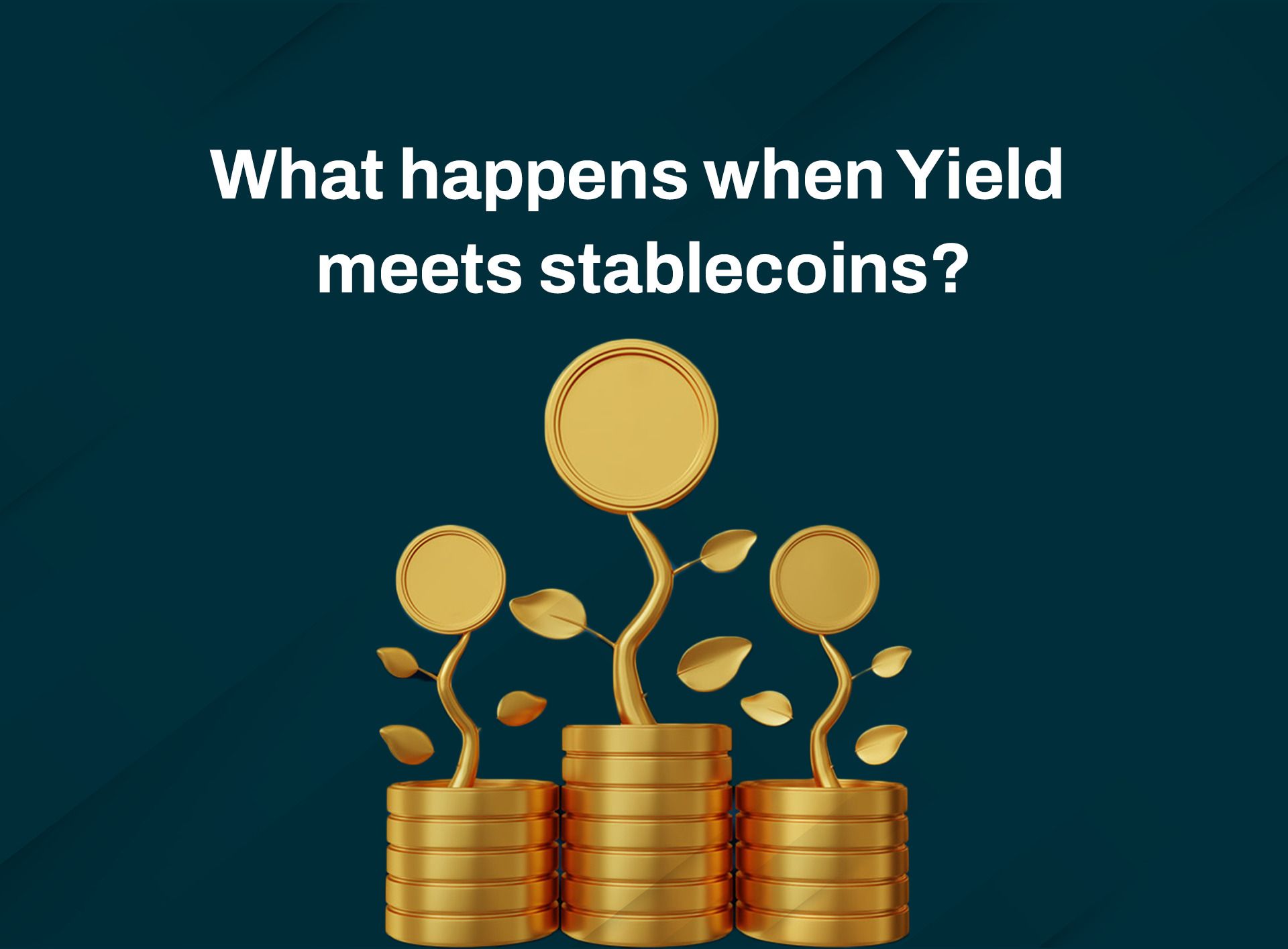
Essential Tools for High-Volume Crypto Traders
For Screening
- TokenSniffer: Useful for spotting red flags in new tokens, contract audits, honeypot detection, and rug risk
- DexScreener: Real-time price and volume tracking for thousands of DEX pairs. Set alerts for sudden pumps, new token listings, or liquidity surges.
For Execution
- Binance / OKX: For deep liquidity, tight spreads, and diverse trading pairs. Use advanced order types (stop-limit, iceberg) to manage large positions with precision.
- MetaMask + ParaSwap: For DEX trading, MetaMask remains the standard. When moving size, pair it with ParaSwap. This combination aggregates multiple DEXs to give you the best execution price while reducing slippage.
- Obiex: For coin swaps without waiting for blockchain confirmation, swaps without gas fees across pairs including BTC/USDT, USDC/ETH, and for Nigerian traders, access to local bank withdrawals.
For Analytics
- Glassnode: Glassnode provides on-chain macro views such as exchange flows, HODL waves, and miner behaviour.
- Nansen: You get wallet tracking, smart money flows, airdrop farming data all in one place. Nansen is especially powerful during altcoin season.
Final Thoughts
High-volume crypto trading is about structure, discipline, and data. If you're serious about levelling up from a regular joe to big money, save this article; it’s your new standard operating procedure.
You’re welcome.
FAQs: High-Volume Crypto Trading in Nigeria
1. How much capital is considered “high-volume” trading in Nigeria?
There’s no global standard, but in the Nigerian context, anything from ₦5 million and above in active trading capital starts entering high-volume territory especially if it’s deployed regularly across multiple positions.
2. Is it safe to keep large amounts of crypto on centralized exchanges (CEX)?
Only for active trades. For holdings and profits, move funds to cold storage or multisig wallets. Even top-tier exchanges can face downtime, hacks, or withdrawal delays.
3. How do I avoid slippage when trading large amounts of crypto?
- Use TWAP/VWAP execution strategies on CEXs.
- Use DEX aggregators like ParaSwap or CowSwap.
- Avoid low-liquidity pairs unless you’re willing to break trades into smaller chunks.
4. What are the best hours to trade crypto from Nigeria?
The US/EU market overlap (1 PM – 6 PM WAT) usually offers the best liquidity and volatility. Also, time your trades around major macro news releases (e.g., FOMC, CPI, CBN updates).
5. How can I access early-stage token sales from Nigeria?
Join whitelisted launchpads (DAO Maker, Polkastarter, CoinList). Also plug into Telegram alpha groups, crypto Twitter, and communities like Obiex Prime for opportunities and pooled access.
6. What’s the safest way to manage large portfolios?
- Split funds across CEX (trading), cold wallets (holding), and DeFi (yield)
- Use portfolio trackers like Zapper, DeBank, or CoinStats
- Stick to a risk framework: position sizing, stop-losses, and multiple custody layers.
7. What should I avoid as a high-volume trader in Nigeria?
- Overconcentration in illiquid tokens
- Neglecting custody security
- Trading without data (on-chain, technicals, or sentiment)
- Underestimating regulatory changes — keep up with CBN, SEC, and crypto policy shifts
Disclaimer: This article was written to provide guidance and understanding. It is not an exhaustive article and should not be taken as financial advice. Obiex will not be held liable for your investment decisions.





